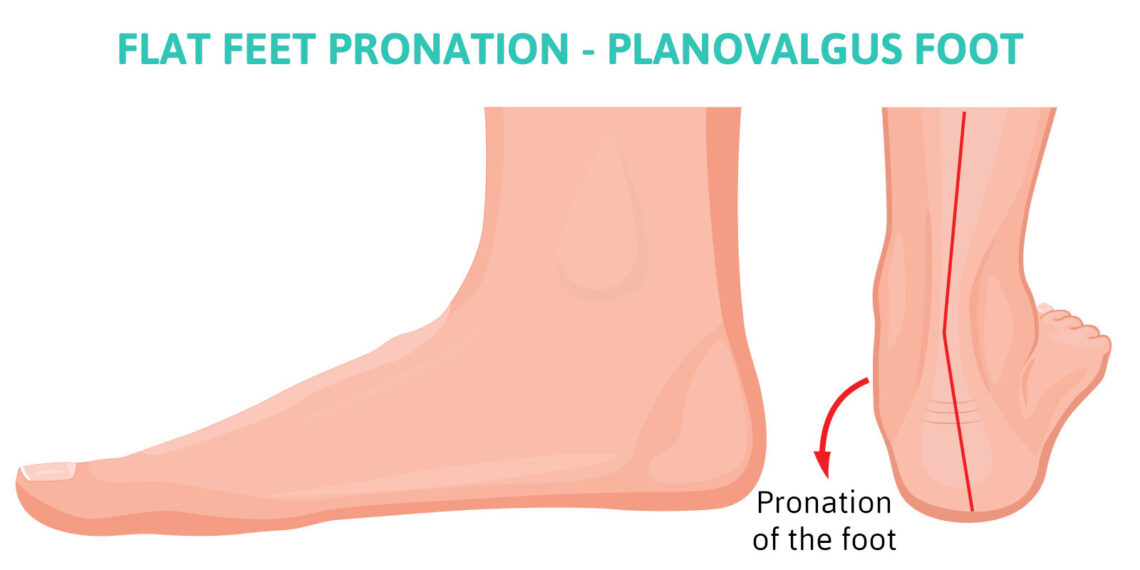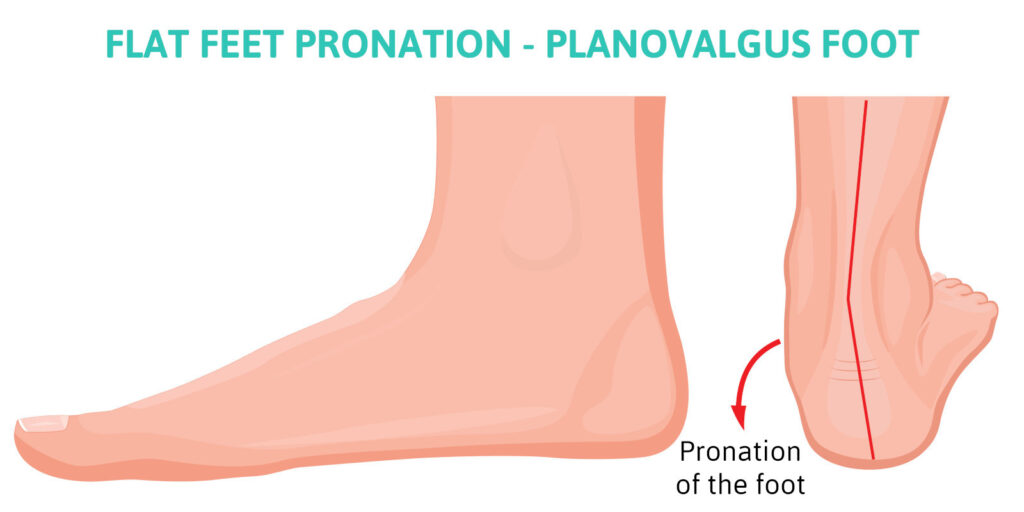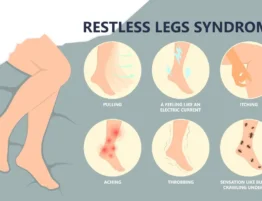

So, you’ve heard the words flat feet pronation, but what is it? Pronation is a commonly used word to describe motion in your foot that naturally occurs. It’s a term you may have heard from a shoe salesman or if you’ve read about a potential cause of injuries during your athletic endeavors. Knowing this, let me now contrast flatfeet and pronation.
Putting it All Together – Keep Reading to Better Understand How Well Our Feet Are Engineered!
By our definition, flatfeet refers to the appearance of a foot with minimal to no arch. The footprint of this foot would show very little arch. This type of foot could have a foot that is rigid, meaning even when not bearing weight the arch of the foot is absent. Very few have a flat foot that is this severe. Most are flexible, and when non weight bearing an arch is present. It is important to know that most flatfeet are thought to be acquired.
Another definition to keep in mind is pronation.This refers to the motion that occurs on your foot. We were all built to have this motion occur. The biomechanics of the foot is remarkable when it’s fully understood. The motion of pronation is complex as it means your foot is moving in all body planes. It would be like a universal joint on a car. As the entire foot rolls in, something remarkable occurs. The bones of the foot that support the arch become more flexible meaning they align is such a way to provide more motion which equals more shock absorption. This shock absorption helps when you walk or run to reduce the stress of impact on the feet, knees, and hips. Again, if your feet are the suspension of a car, pronation absorbs the shock of your body weight coming down on the foot. So some pronation is necessary, but too much is not a good thing as it causes stress on the foot, ankle, knees, and hips. It may also be a cause of back pain.
What Does Flat Feet Pronation Look Like?
Some feet will have a heel bone that rolls in too much. Normally, when you are standing, your heel should be close to perpendicular to the ground or slightly rotated inward (pronated). Too much rolling inward of the heel means you’re overpronated.
Other feet will overpronate with more of the motion occurring in the arch. In this foot type, the heel may remain close to perpendicular to the ground and the arch is flat. You may pronate more in the rearfoot or more in the arch, or a combination of both. So remember that pronation is not a bad thing as it is good to have some pronation but not too much.
What Problems Can be Related to Over Pronation?
- Knee Pain – This can occur from overpronation causing too much inward deviation at the knee joint.
- Back Pain – It is thought that overpronation will cause the pelvis to tilt forward causing symptoms in the lower back.
- Bunions – This painful foot deformity is thought to be related to excessive weight beneath the great toe joint.
- Plantar Fasciitis – This is the primary cause of pain beneath the heel bone.
Treatment of Flat Feet Pronation
- Orthotics – This has been the primary treatment for patients with flat feet pronation for most podiatrists. It’s often times not enough to shop for more supportive shoes. The process involves taking a non- weight bearing impression of your foot, placing it in a position it should be in, not the position it is in while standing. Moving the orthotic from shoe to shoe allows you to take the customized support you need with it. So, the impact of the shoes is neutralized.
- Motion Control Shoes – When shopping for shoes you should ask for a motion control shoe. As an example, running shoes can be constructed with a lot of motion control built into the shoe or very little.The heel counter that cups the heel should be rigid. This is something to look for in a shoe if you overpronate.
- Stretching – For some this may be helpful as a tight Achilles tendon may be associated with a flat foot.
- Foot Exercises – There may be exercises that can be performed to increase the strength of muscles. This may have limited effect on more severe flatfeet.
- Surgery – In certain situations surgeries to correct the flatfoot may be considered. The severity and age of the patient are all taken into consideration. There are some advancements in surgery techniques that have reduced the risk and lay up time if surgery is indicated.
Book an appointment with one of our podiatrists at our Broomfield podiatric clinic or our main foot surgical center in Fort Collins, Colorado.










Write a comment: